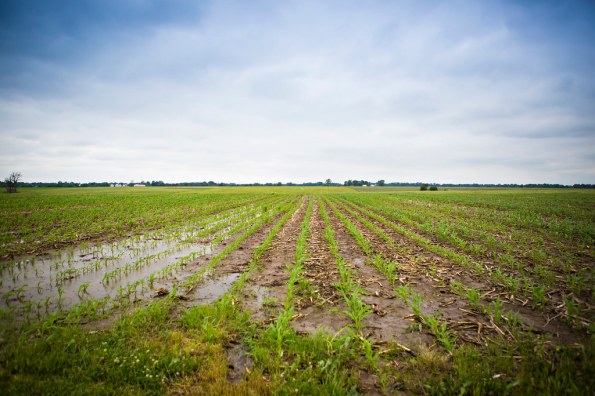
Julia Poska | October 9, 2019
Agronomy researchers at Iowa State University have proposed ideas for an ambitious and much-needed update to Iowa’s agricultural drainage system. Their study makes suggestions for mitigating the effects of altered precipitation patterns due to climate change while reducing pollution to air and water.
The concept of “sustainable intensification” (the authors define this as “producing more food from the same amount of land with fewer environmental costs”) is at the core of the research. ISU agronomist Michael Castellano led the study in partnership with University of Kentucky and the Swiss Federal Institute of Technology ETH-Zurich.
Artificial drainage systems are comprised of underground pipes, tiles and drains that move water off farmland, discharging it into ditches that flow into natural surface waterbodies. Without this network, most of Iowa’s land would be too waterlogged to farm, but drainage systems increase runoff of nutrient and bacterial pollution from fields into waterways.
The increasing frequency of both intense rain events and draught in Iowa due to climate change is also putting extra pressure on those systems, which were designed before Iowa agriculture became so intense. The study, published in Nature Sustainability, describes several solutions. “Controlled drainage,” or installing gates that can temporarily open/close at the ends of drains, could allow farmers to increase drainage during wet springs and retain more water during dry summers.
Installing narrower, shallower drains could further reduce nutrient concentration in drainage water, the authors claim. They say it could also reduce needed fertilizer inputs and decrease greenhouse gas emissions from the soil.
The study also describes the need to increase on-farm conservation practices, like returning some farmed land to wetland, in conjunction with updating infrastructure.